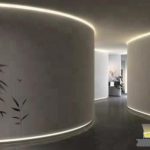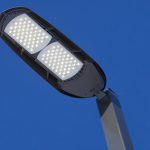Protect Your Eyesight: Choosing the Best LED Light Color for Your Health
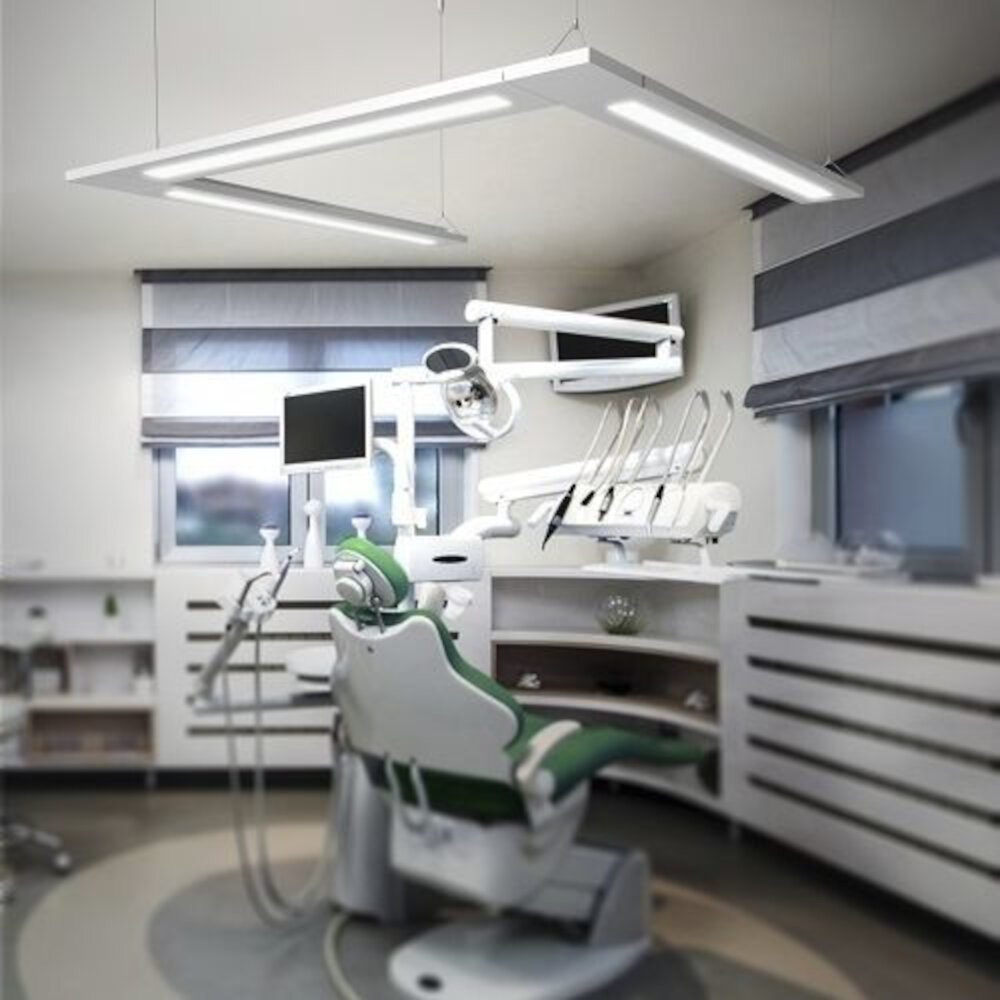
In today’s fast-paced world, we spend an increasing amount of time in front of digital screens, which can have a significant impact on our eyesight. Our eyes are not designed to handle the blue light emitted by digital devices, which can cause eye strain, headaches, and even disrupt our sleep patterns. As a result, it’s essential to choose the right LED light color that is not only comfortable for our eyes but also beneficial for our overall health. Choosing the best LED light color for your health is not an easy task, as there are many factors to consider, such as color temperature, brightness, and color rendering index. LED lights come in a range of colors, from warm yellow to cool blue, and each color has its own unique benefits and drawbacks. This article aims to help you make an informed decision about which LED light color is best for your health by providing you with the necessary information and insights into the world of LED lighting.
LED lights are a type of lighting technology that have become increasingly popular in recent years due to their energy efficiency, long lifespan, and versatility. Unlike traditional incandescent bulbs that emit light through heating a filament, LED lights produce light through a process called electroluminescence. This means that they use significantly less energy to produce the same amount of light, making them a more environmentally friendly option. Additionally, LED lights come in a wide range of colors and can be used in a variety of settings, from homes and offices to outdoor spaces and vehicles. However, it is important to choose the right LED light color for your health, as certain colors can have negative effects on your eyesight and overall well-being.
Choosing the right LED light color is crucial for maintaining good eye health. Many of us spend hours each day staring at computer screens or mobile devices, and the blue light emitted by these devices can cause eye strain, fatigue, and even damage to the retina. Research has shown that exposure to blue light can disrupt our circadian rhythm, making it difficult to fall asleep at night. To protect our eyesight, it’s important to choose LED lights with a warm or neutral color temperature, as these emit less blue light than cool white or daylight bulbs. By making a conscious effort to select the right LED light color, we can help reduce the risk of eye strain, fatigue, and other eye-related problems associated with prolonged exposure to blue light.
Understanding LED Light Colors
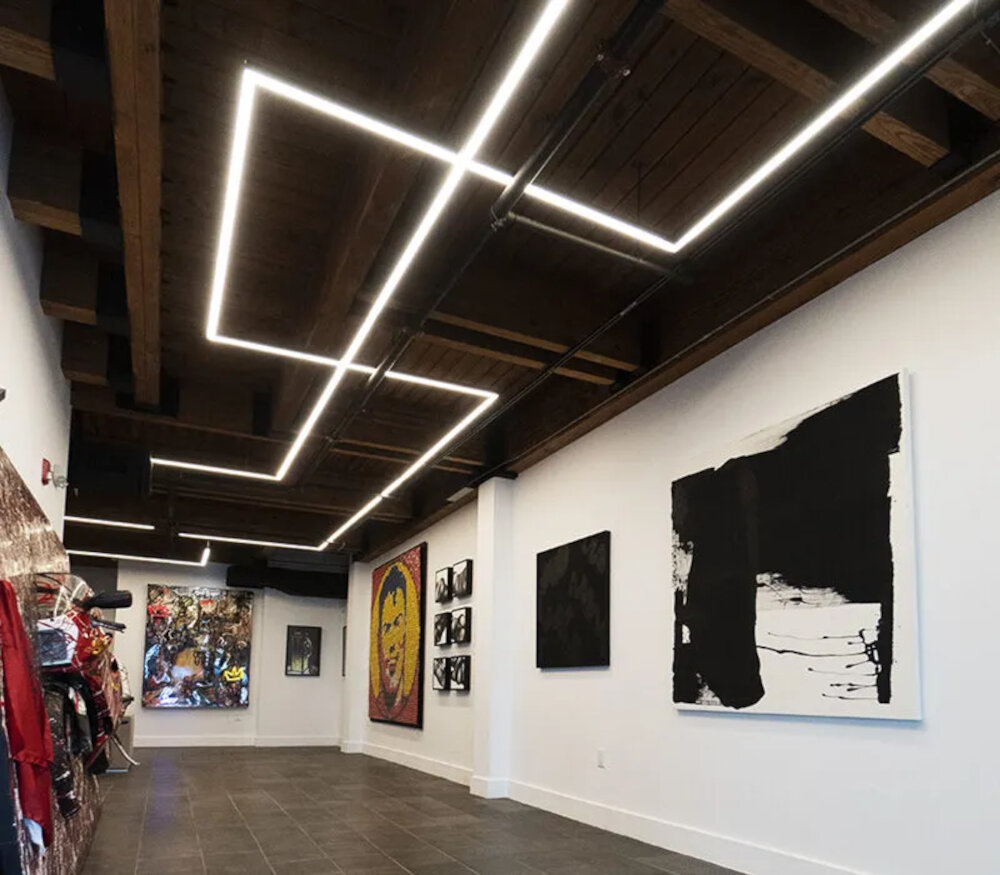
When it comes to lighting, LED technology has become increasingly popular due to its energy efficiency and longevity. However, not all LED lights are created equal, and their color temperature can have a significant impact on our health and well-being. Understanding LED light colors is essential in choosing the right lighting for your home or office and protecting your eyesight. The color temperature of LED lights is measured in Kelvin (K), with lower numbers indicating warmer, yellowish light and higher numbers indicating cooler, bluish light. Warm white LED lights, typically ranging from 2700K to 3000K, are ideal for creating a cozy and relaxing atmosphere in bedrooms and living rooms. On the other hand, cool white LED lights, ranging from 4000K to 5000K, are better suited for workspaces and kitchens as they provide a bright and energizing light. However, be cautious with cool white LED lights as they can emit high levels of blue light, which can disrupt our circadian rhythm and affect our sleep patterns. It is crucial to strike a balance between different LED light colors to ensure optimal lighting conditions for our health and well-being.
Color temperature is a measurement used to describe the color of light produced by a light source. It is measured in Kelvin (K) and refers to the temperature at which a black body radiator emits light of a specific color. The Kelvin scale ranges from 1,000 K to 10,000 K with lower Kelvin values representing warmer, more yellowish light and higher values representing cooler, bluer light. This is because as the temperature of a black body radiator increases, the color of the light it emits shifts from red to orange, yellow, white, and finally blue. Understanding color temperature is important when selecting LED lights for your home or workplace to ensure that the color of the light is suitable for the task at hand and does not cause eye strain or other health issues.
LED lights come in various colors and have different Kelvin temperature ratings. The color temperature of an LED bulb determines the kind of light it emits. For instance, warm white LED bulbs have a Kelvin temperature of 2700K-3000K, which gives off a yellowish and cozy light similar to incandescent bulbs. On the other hand, cool white LED bulbs have a Kelvin temperature of 3500K-4100K, providing a brighter and whiter light. Daylight LED bulbs have a higher Kelvin temperature of 5000K-6500K, making them ideal for workspaces, as they simulate natural daylight. Lastly, blue light LED bulbs have a Kelvin temperature of over 6500K and are used in places like hospitals and laboratories because they emit bright and crisp light. While selecting the right LED light for your space, it is essential to consider the light color and its corresponding Kelvin temperature, as it can have a significant impact on your health and well-being.
The color of LED lights can have a significant impact on eye health. Blue light, which is prevalent in many LED lights, can cause digital eye strain, disrupt sleep patterns, and even damage the retina over time. Exposure to blue light can also increase the risk of macular degeneration, a leading cause of vision loss in older adults. However, not all LED lights are created equal. Some bulbs emit warmer, more amber-colored light, which is less harmful to the eyes and can even promote relaxation and better sleep. When choosing LED lights for your home or workspace, it’s essential to consider not only the brightness but also the color temperature and its potential impact on your eye health.
The Effects of Blue Light on Eye Health
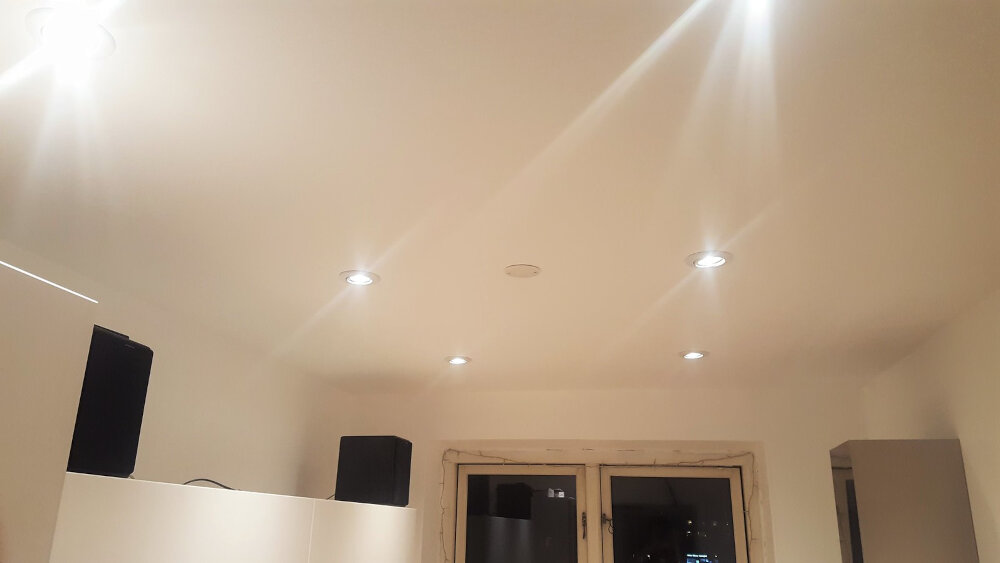
The effects of blue light on eye health have been a topic of concern in recent years. Blue light is a type of high-energy visible (HEV) light that is emitted by electronic devices such as smartphones, tablets, and computer screens. It has been found that overexposure to blue light can cause digital eye strain, which includes symptoms such as dry eyes, headaches, and blurred vision. Additionally, blue light can disrupt the body’s circadian rhythm, which can lead to sleep disturbances and other health problems. To protect your eyesight from the harmful effects of blue light, it is recommended to limit your exposure to electronic devices before bedtime, as well as using blue light filters or glasses when using electronic devices for extended periods of time. It is also important to take regular breaks from electronic devices and to practice good eye hygiene, such as blinking often and maintaining a proper distance from the screen. By taking these precautions, you can help reduce the risk of digital eye strain and other eye health issues associated with blue light exposure.
Blue light is a type of visible light with a short wavelength and high energy that is emitted by electronic devices such as smartphones, computers, and LED lights. While blue light is essential for regulating our circadian rhythms and overall health, overexposure can have negative effects on our eyesight. Prolonged exposure to blue light can cause digital eye strain, which is characterized by symptoms such as headaches, blurred vision, dry eyes, and neck and shoulder pain. Additionally, blue light can contribute to the development of age-related macular degeneration (AMD), a condition that damages the central part of the retina and can lead to vision loss over time. Therefore, it is important to choose LED lights with warmer colors and lower blue light emissions to protect our eyes and overall health.
Blue light is a type of light with a wavelength between 400-500 nanometers, and it is present in both natural and artificial light sources. However, the blue light emitted from LED lights differs from natural blue light in several ways. First, LED lights emit a higher intensity of blue light than natural sunlight. Second, LED lights emit blue light that is more concentrated in the blue spectrum, whereas natural blue light is distributed across a broader range of wavelengths. Third, LED lights emit blue light that is more focused and directional, which can increase eye strain and fatigue. These differences in blue light emission can have negative impacts on eye health, such as disrupting the natural sleep-wake cycle and causing digital eye strain. Therefore, it is important to choose LED lights with lower blue light emissions or use blue light blocking filters to protect your eyesight.
Exposure to blue light, especially at night, can have potential long-term effects on our health. Studies have shown that blue light can suppress the production of melatonin, a hormone that regulates sleep. As a result, exposure to blue light before bedtime can disrupt our natural sleep-wake cycle and lead to sleep disorders. In addition, prolonged exposure to blue light may also increase the risk of age-related macular degeneration, a condition that can cause permanent vision loss. Therefore, it is important to minimize our exposure to blue light, especially at night, by using warm-colored LED lights, reducing screen time before bed, and wearing blue light blocking glasses when necessary.
Choosing the Right LED Light Color for Your Health
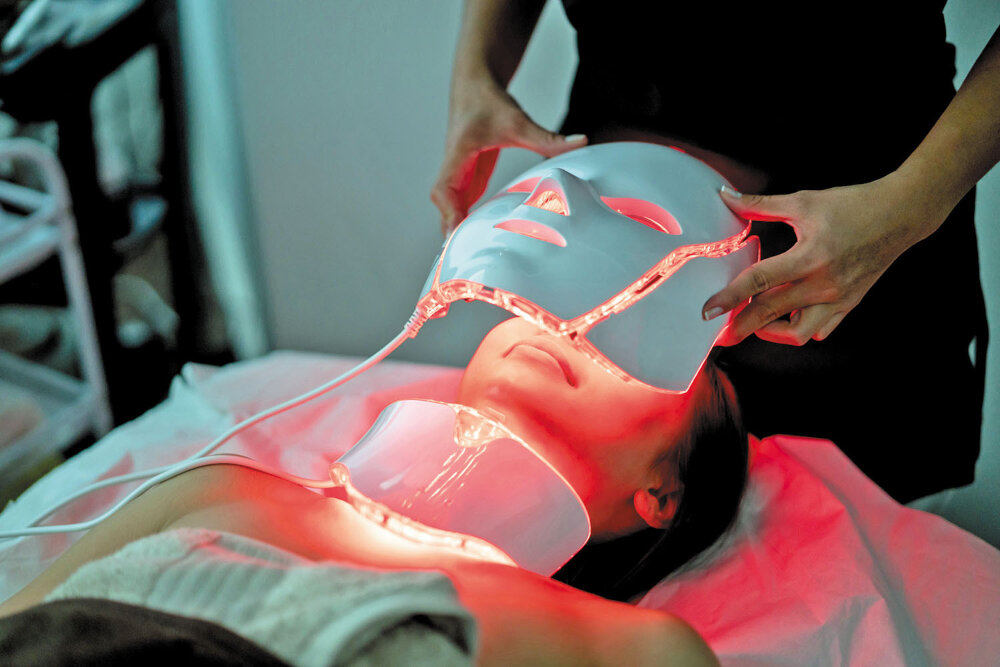
Choosing the right LED light color is crucial for maintaining good health, especially when it comes to protecting your eyesight. LED lights are becoming increasingly popular due to their energy efficiency and long lifespan, but they emit a blue light that can damage your eyesight over time. It is important to choose LED lights that emit a warm, yellow light that is less harmful to your eyes. This type of light is also better for creating a relaxing and calming atmosphere, which can improve your overall well-being. When selecting LED lights for your home or office, consider the color temperature of the light. The color temperature is measured in Kelvin (K), and warm light typically ranges between 2,700K and 3,000K. This type of light is best for relaxing environments, such as bedrooms and living rooms. On the other hand, cool white light, which ranges between 5,000K and 6,500K, is better for task-oriented environments, such as offices and kitchens. However, it is important to limit your exposure to cool white light as it can disrupt your sleep patterns and cause eye strain. By selecting the right LED light color, you can protect your eyesight and improve your overall health and well-being.
When it comes to choosing LED light color, there are several factors to consider to ensure the health and safety of your eyesight. One of the most important considerations is the color temperature of the light, which is measured in Kelvins (K). A lower Kelvin value indicates a warmer, yellowish light, while a higher Kelvin value indicates a cooler, bluish light. Another consideration is the color rendering index (CRI), which measures how accurately the light source shows the true colors of objects. A higher CRI value indicates better color accuracy. Additionally, it is important to take into account the intended use of the light, as different activities may require different levels of brightness and color temperature. Overall, choosing the right LED light color can help protect your eyesight and promote healthy vision for years to come.
When it comes to LED light colors, choosing the right one for different environments is essential to protect your eyesight and maintain optimal health. For the home, warm white LED lights are recommended as they provide a cozy and relaxing atmosphere. In the office, cool white LED lights are ideal as they promote alertness and productivity. For the bedroom, soft and dimmable LED lights in warm tones are perfect for creating a calming and soothing environment that promotes quality sleep. It’s important to keep in mind that exposure to blue light, which is emitted by many LED lights, can disrupt sleep patterns and cause eye strain. Therefore, it’s best to avoid blue light in the evening and choose warm or neutral tones instead. By selecting the appropriate LED light color for each environment, you can help safeguard your eyesight and overall well-being.
Reducing blue light exposure is essential to protect your eyesight and overall health. Firstly, you can adjust the brightness of your device screens to reduce the blue light emitted. Secondly, try using blue light filters or glasses that block the harmful wavelengths. Thirdly, limit your screen time and take breaks to reduce eye strain. Lastly, switch to warm-toned LED lights for your home and workspace, which emit less blue light than cool-toned ones. By implementing these tips, you can reduce your exposure to blue light and protect your eyes and health in the long run.
Other Ways to Protect Your Eyes from LED Lights
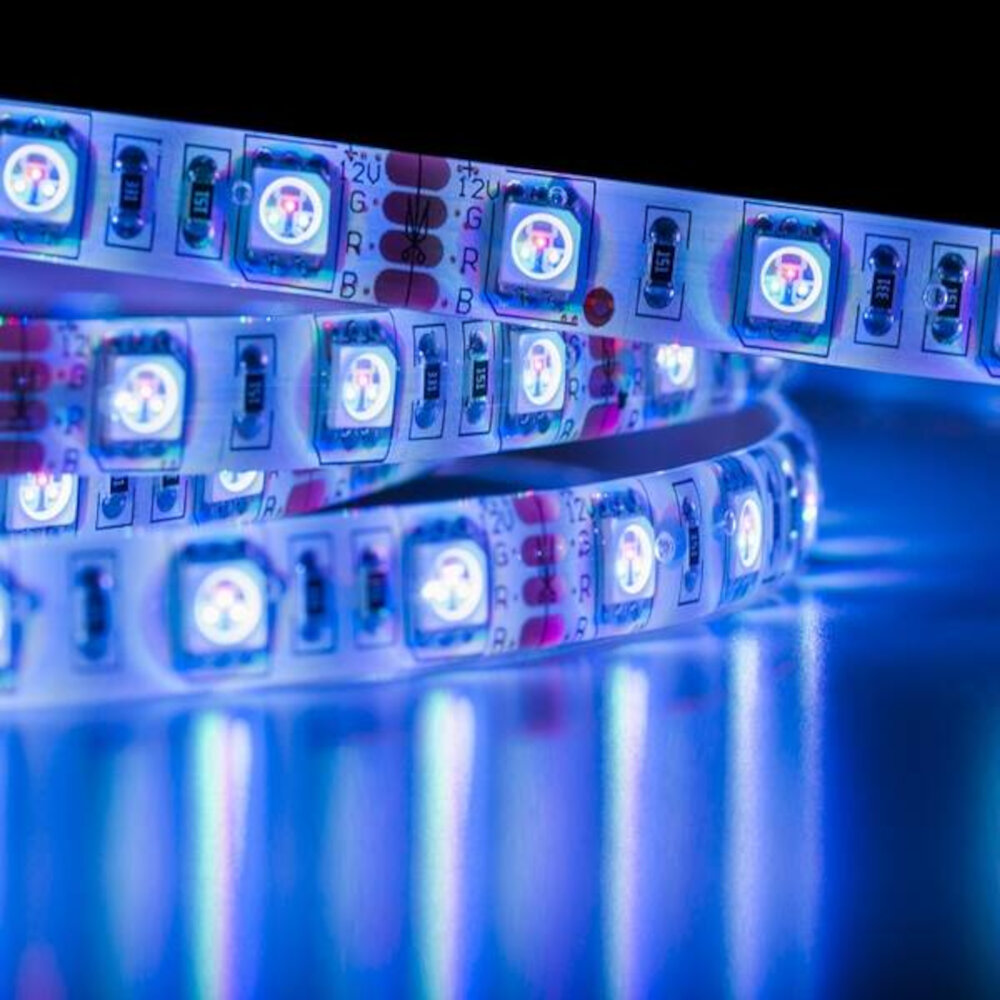
While choosing the right LED light color is important for protecting your eyesight, there are also other ways to safeguard your eyes from the harmful effects of LED lights. One such way is to use anti-glare screens on your electronic devices. These screens help to reduce the amount of blue light emitted from electronic devices, which can cause eye strain and disrupt sleep patterns. Additionally, using anti-glare screens can also help to reduce glare and reflections, which can cause further eye strain and discomfort. Another way to protect your eyes from LED lights is to take frequent breaks from electronic devices. This can help to reduce the amount of blue light exposure your eyes receive, as well as prevent eye strain and fatigue. To avoid eye strain, it is recommended to take a break for every 20 minutes of screen time and look away from the screen for at least 20 seconds. Additionally, taking a 15-minute break every two hours can also help to reduce eye strain and fatigue caused by prolonged exposure to LED lights. By taking these simple steps, you can protect your eyes and maintain healthy eyesight in the long run.
Proper lighting design is crucial not only for aesthetic purposes but also for our health and well-being. Choosing the right color temperature, brightness, and type of lighting can greatly impact our mood, productivity, and even our sleep patterns. In today’s world, where we spend a significant amount of time indoors, it is essential to ensure that our lighting is not causing harm to our eyesight. LED lights have become a popular choice due to their energy efficiency, but it is important to select the right color temperature to avoid eye strain, headaches, and disrupted sleep. Investing in proper lighting design can not only enhance the ambiance of our spaces but also protect our eyesight and overall health.
Taking breaks and resting your eyes is crucial for maintaining good eye health. Our eyes are constantly exposed to screens and artificial light sources that emit harmful blue light, causing eye strain and fatigue. By taking regular breaks and looking away from screens, we can reduce eye strain and prevent headaches and other related symptoms. Resting our eyes also allows them to recover and rejuvenate, preventing long-term damage and reducing the risk of eye diseases. In addition, getting enough restful sleep is essential for eye health, as it allows our eyes to repair and regenerate overnight. So, it is essential to prioritize breaks and rest for our eyes to maintain optimal eye health and overall well-being.
Protective eyewear is a crucial component of maintaining healthy eyesight when exposed to LED lights. LED lights emit high levels of blue light, which can cause damage to the retina over time. Wearing protective eyewear can help to filter out this harmful blue light and reduce the risk of eye strain, headaches, and other vision-related problems. It is important to choose eyewear that is specifically designed for use with LED lights, as standard sunglasses or eyeglasses may not provide adequate protection. By taking the necessary precautions, individuals can enjoy the benefits of LED lighting without compromising their eye health.
Choosing the right LED light color is crucial for maintaining eye health. Blue light, which is emitted by most LED lights, can cause eye strain, fatigue, and even damage to the retina. It is important to choose LED lights with a warmer color temperature, such as those with a light color of 2700K, as they emit less blue light and are easier on the eyes. Additionally, using LED lights with a high color rendering index (CRI) can also help protect your eyesight. The CRI measures how well a light source accurately represents colors, and a higher CRI means better color accuracy and less strain on the eyes. By taking precautions and choosing the right LED light color and CRI, you can protect your eyesight and reduce the risk of eye strain and damage.
In conclusion, protecting your eyesight from LED lights is crucial for maintaining good eye health. Choosing the right LED light color can go a long way in safeguarding your eyes from potential harm. Blue light can strain your eyes and cause digital eye strain, while warmer colors like yellow and red can relax your eyes and improve your sleep quality. Additionally, taking regular breaks from screen time, using anti-glare screens, and adjusting the brightness and contrast of your screen can also help alleviate eye strain. By following these tips, you can minimize the harmful effects of LED lights and maintain optimal eye health.
Conclusion

In conclusion, choosing the best LED light color for your health is crucial in protecting your eyesight. The blue light emitted by electronic devices and some LED lights can lead to eye strain, fatigue, and even disrupt sleep patterns. On the other hand, warm-colored LED lights such as amber and red can promote relaxation and improve sleep quality. It is essential to consider the color temperature and brightness level of LED lights to maintain a healthy balance between productivity and health. By paying attention to the type of LED lights we use in our homes and workplaces, we can protect our eyesight and improve our overall well-being.


